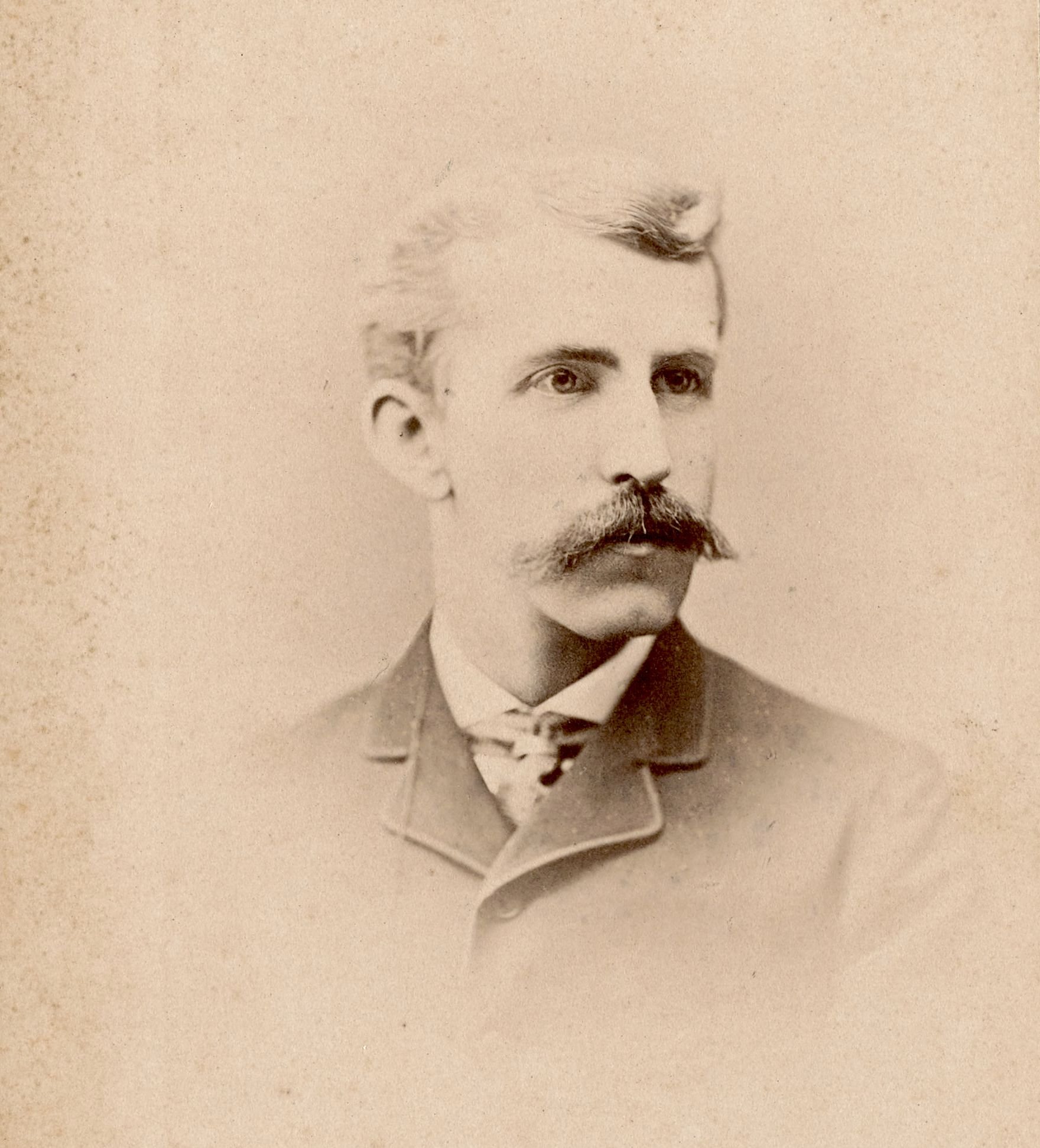Only long-time residents know that Yarmouth used to have a theater of its own. The theater was a mainstay of South Yarmouth social life during its nearly 100 years of existence. First known as the Eureka Hall, it was a store which operated near Bass River. Some say it had been moved from Nantucket as had some of the other buildings in South Yarmouth. (If all of the buildings moved from Nantucket were actually there at one time, Nantucket would not have had any room for sand or roads!) After the Civil War a group of men purchased the building and moved it to what is now Old Main Street and the Masons held their meetings there.
In December of 1886, Stephen Sears and Sturgis Crowell purchased the building through an auction, and it underwent renovation. The building was made longer, adding a stage, complete with a dressing room. A second story was added and its name was changed to the Standish Opera House. While that name lasted until World War I many started calling it Standish Hall.
Stephen Sears in his Mason uniform.
The building served many purposes. Plays were put on frequently, sometimes with traveling groups, but more often under the direction of locals such as E. Lawrence Jenkins. More than 40 of his play scripts are in the Historical Society of Old Yarmouth archives. They show the humor of the day and contain many references to the people and goings-on of South Yarmouth.
E. Lawrence Jenkins.
The schools also made frequent use of the building. The 1895 graduation of the South Yarmouth Grammar School was held there, Yarmouth High School presented plays and musicals there, including the less than well known musical “Quixotic Quakers” in 1896. The schools held dances there, usually on Thursday evenings.
Many different groups used the Hall for entertainment. The Masons continued to use it regularly for their meetings and functions, but it was also used by the ME Methodist Church, the Iyanough Lodge of Good Templars, the Yarmouth Dramatic Club, the Chouette Club, the Empress Whist Club, St. Francis Xavier Church in Hyannis, the Clover Club, the Dennis Dramatic Club, the Village Improvement Society, and the South Yarmouth Women’s Club. One of the biggest users was the Owl Club, which needed Standish Hall for their larger functions.
In the early years (from 1883 until 1886) the hall was used for roller skating. Indoor polo was played there, without horses. Dances were a favorite activity and were even held on Thanksgiving night and Christmas night. A Masquerade Ball on Christmas night 1900 followed a Thanksgiving night dance earlier that same year. A sheets and pillow case gala was held New Year’s Eve in 1901, a Hurdy Gurdy dance in 1913 and a Calico Party. A number of bands played there including Ernie Baker’s Orchestra.
Ernie Baker’s Orchestra in South Yarmouth.
In July of 1913, it was widely advertised that “Standish Hall is being equipped with machinery for moving pictures.” Because this was before the era of talking films, a piano or a few musicians accompanied these performances. Showing movies required changes to the building, and in 1921, extensive repairs were made. In July of 1922, William Fitzgerald of the Idlehour Theater in Hyannis leased Standish Hall and showed movies there on Monday, Wednesday, and Friday evenings.
In 1932, Standish Hall was given a facelift and the Little Theater Players rented space to put on plays during the winter season. Tourism had taken a nosedive during the early years of the Great Depression and performances were aimed for the residents rather than visitors. After the Masons sold the building, it was owned by various groups, including the National Association of Dramatic Arts as well Robert Grosse and Yarmouth Productions. It was called the Yarmouth Playhouse and had both local and off-Cape performers there. It fell into disrepair in the 1970s and by the 1980s was unused. It was later razed.
The cast of “A Man for All Seasons”
So, if you’re wondering whether we had a theater in Yarmouth, we had three -Eureka Hall, Standish Opera House/Hall, and the Yarmouth Playhouse. They all had one thing in common – they operated out of the same building, but at different times and locations.
Excerpted from an article by Duncan Oliver







